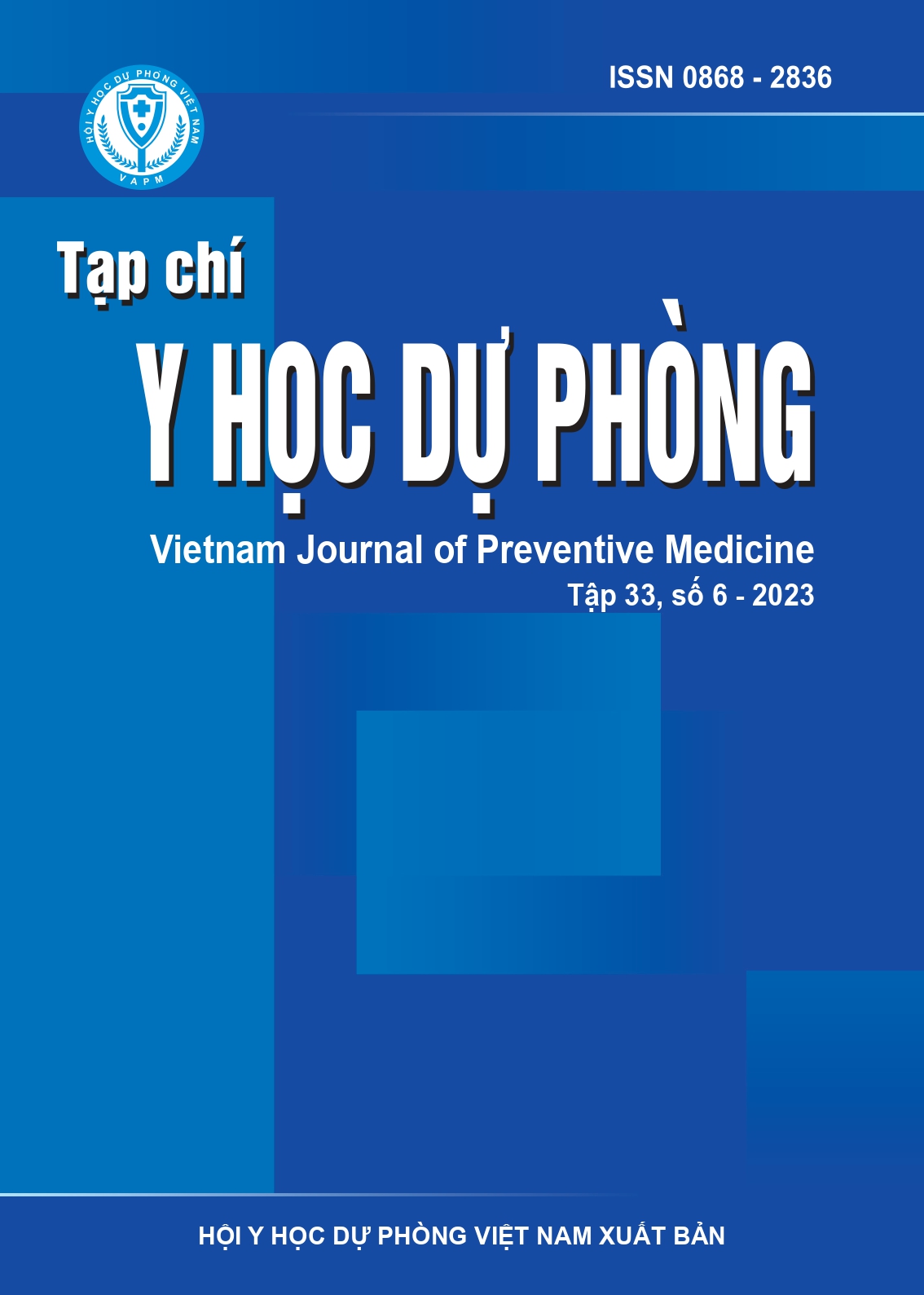Some epidemiological characteristics of Dengue fever in the central Highland region in 2022
DOI:
https://doi.org/10.51403/0868-2836/2023/1378Keywords:
Epidemiological characteristics, dengue virus, water containers, Central HighlandsAbstract
TIHE has reviewed data on dengue hemorrhagic fever (DHF) cases and vector indices in 4 provinces in the Central Highlands from January 2022 to December 2022 to describe some epidemiological features of the disease. A total of 26,349 dengue cases and 11 deaths were reported in 2022. Cases and outbreaks were reported in all months of the year, increased sharply from May, and peaked in September. 44.9% of Dengue cases were farmers; the group of > 15 years old of age was 71.5%. There were the circulation of all 4 virus types in the region in 2022, of which D2 was dominant (74.2%), and D1 was 23.5%. The numbers of cases per 100,000 population respectively were Gia Lai (747.2), Dak Lak (532.4), Dak Nong (525.9), and Kon Tum (170.2). The mosquito density index (DI) ranges from 0.11 to 0.59; Breteau Index (BI) averages from 9.7 to 44.7. The DI and BI indices increased from May to September. Types of water containers with Aedes larvae were diverse, mainly 04 categories: tires, waste, drums, and buckets. The investigated number of larvae in water containers in the rainy season was higher than that in the dry season (12,418 vs. 8,452). Communicate dengue prevention before May and maintain it thereafter; Ensure thorough monitoring and treatment of source larvae to help reduce the scale of the epidemic. Prepare treatment resources in areas where the number of patients tends to increase abnormally.
Downloads
Downloads
Published
How to Cite
Issue
Section
License
Publication License No 150/GP-BTTTT signed on May 8, 2014;
Electronic Publication License No 322/GP-BTTTT signed on June 15, 2016.


